Sustainable Single-Use Alternatives - the Plastic Straw Edition
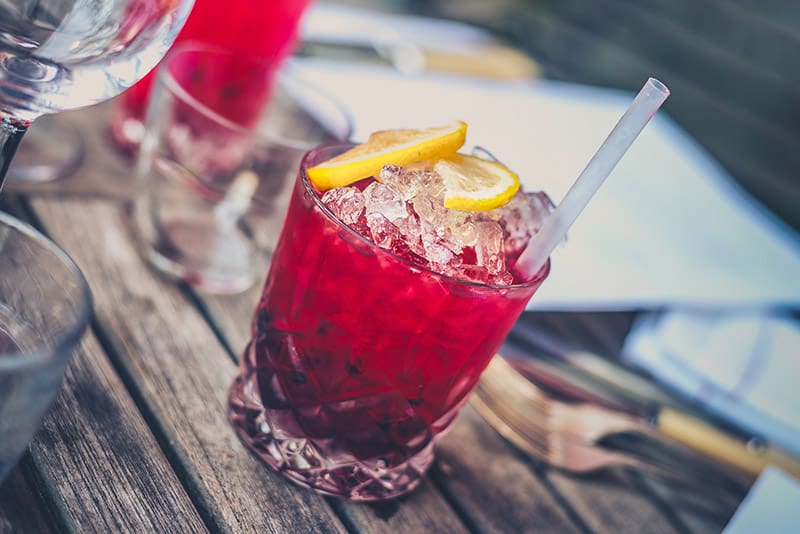
Paper, bamboo, avocado, hay, steel, glass, bioplastic. What do all of these materials have in common? Each of these materials are potential alternatives for single-use plastic straws. And there are more to that list than just those. Single-use plastic straws are one of the biggest stars of the plastics ban movements worldwide. As more and more cities and states ban the usage of plastic straws, organizations are searching for viable alternatives that first their unique business needs as well as their customer’s needs as well. But as this list suggests, there are so many possible alternatives, and rarely can you find a concise description of all of the options. Well, we’re here to provide that for you. Let’s break down the potential straw alternatives by category, to help you understand the pros and cons of each of them.
Single-Use Plastics and Bioplastics
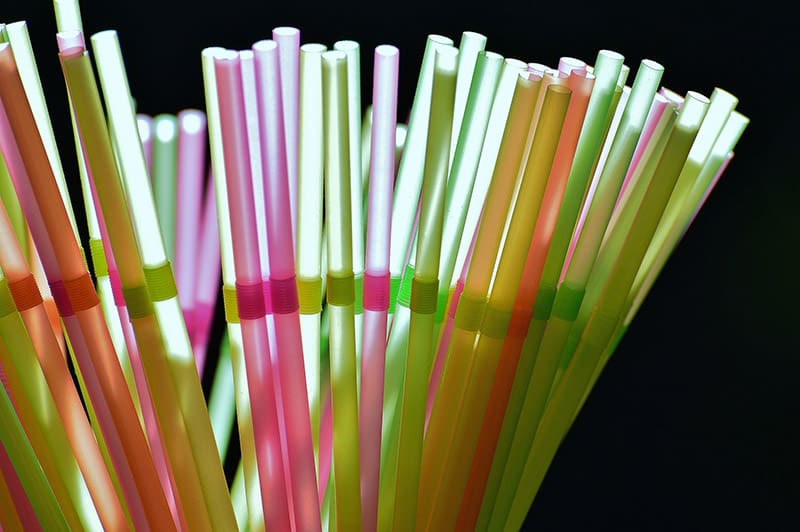
Let’s start off with your traditional plastic straw, the one that’s getting banned in coastal cities worldwide. What’s the draw of using this product in the first place? Answer: they’re cheap. They’re single-use and can easily be thrown away when customers are finished with them. They’re durable and don’t add any funny taste to the beverage. However, they come with a significant environmental disadvantage. These types of straws are made mostly from polypropylene (PP), and the production of this material releases a variety of toxic chemicals into the atmosphere. When the straws are disposed of, they take between 500-1000 years to break down. And this isn’t biodegradation, it’s disintegration, meaning larger pieces are simply breaking up into pieces too small to be seen with the naked eye. They leach toxic chemicals into the environment during this process as well and are extremely dangerous to wildlife. And now, they’re getting banned under single-use plastics bans. Realistically, this product does not have a future. While cheap and easy to use, more and more consumers are concerned with being sustainable, which traditional plastic products are not.
Industrially Compostable PLA Straws
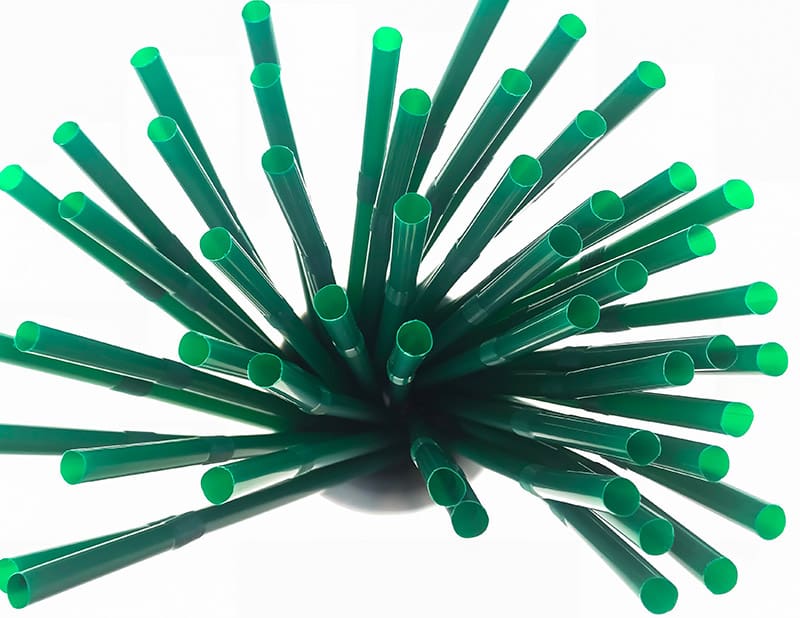
Next in this category came industrially compostable PLA straws, more commonly known as plant-based straws. PLAs (polylactic acids) are bioplastics made from a corn starch or sugar cane base that retain many of the physical qualities of traditional plastics while being able to be converted into usable compost under specialized conditions. At the end of their life, they can be composted in 6 months in commercial facilities, which provide specialized temperature conditions and microbial communities to convert the PLA into usable compost. While about twice the cost of traditional plastic straws, they provide a great stepping stone toward a more sustainable straw. However, it may be unrealistic to assume that the straws will reach a commercial composter at the end of their life because there are very few commercial compost facilities available in the US and the few that do exist may not accept PLA straws. The straws provide the drinking experience expected by customers, but a high percentage of these straws will be disposed of in landfills where they will not decompose into compost. Additionally, if they end up in oceans they will also fail to degrade appropriately.
Home Compostable PHA Straws
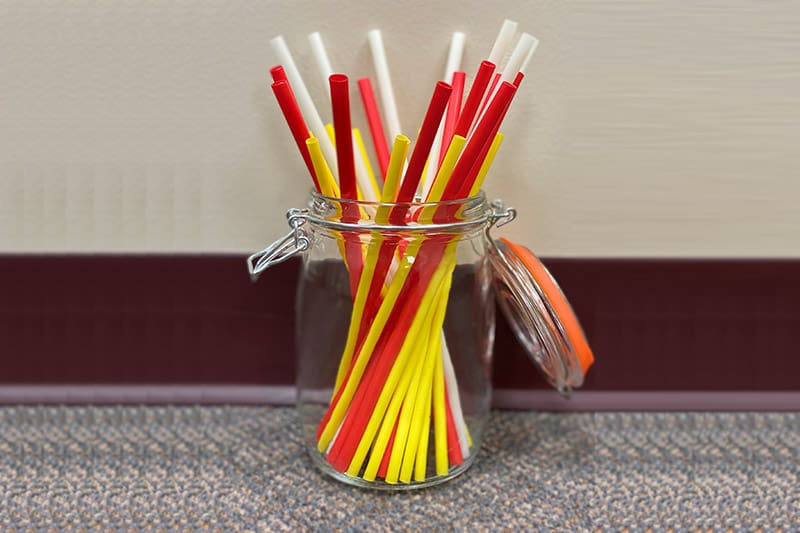
Finally, we have home compostable PHA straws. PHAs (polyhydroxyalkanoates) are canola oil-based bioplastics that maintain the physical properties expected of traditional plastics while being 100% home compostable. This means they can be converted into usable compost in anyone’s backyard compost pile within a year’s time. Many of these materials also pass test standards for marine biodegradation and landfill biodegradation as well, essentially showing that they will break down anywhere on Earth in under a year. PHA straws are also about double the cost of traditional plastics. Cost is the biggest disadvantage to PHA straws. PHA is a relatively new material in the bioplastic industry, and there is more work to be done to increase industrial manufacturing of the material. As this happens the cost will most likely decrease. The future PHAstraws is bright and promising and they provide a very feasible alternative to traditional plastic straws, as they check all of the boxes of both the customer and the planet.
Other Single Use Alternatives: Paper
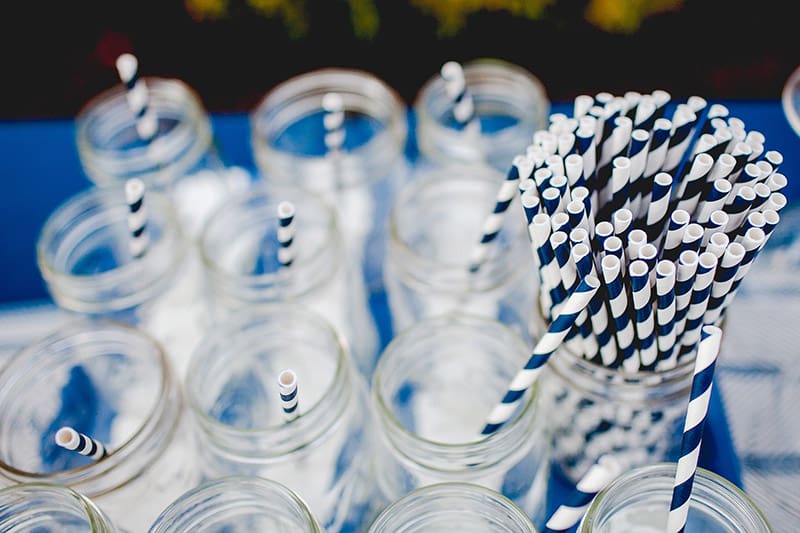
Paper straws have often been labeled as the end-all be-all solution to the plastic straw problem. And while many businesses have swapped to paper straws, the result hasn’t exactly been as expected. While falling in the same cost frame as PHA’s and PLA’s, the end of life for paper straws is much more blurry than many would think. Paper is often claimed to be “inherently compostable,” and straws that are 100% paper have been tested and have shown compostability and marine degradability in a 6 month timeframe. However, there are a variety of other ingredients in creating a functional paper straw (ie, liquid-resistant; including coatings, glues, waxes, etc.). One of the largest customer complaints is that the straws slowly disintegrate in beverages and add bad tastes as they turn to mush. Customers sometimes use 2 paper straws just to finish one beverage, which can make what seems like a cost-effective option much less appealing. It’s the customer experience that makes the biggest impact here: no one really enjoys drinking from a paper straw. This negative customer view is what has and will continue to make paper straws a less desirable long-term alternative.
Avocado Straws
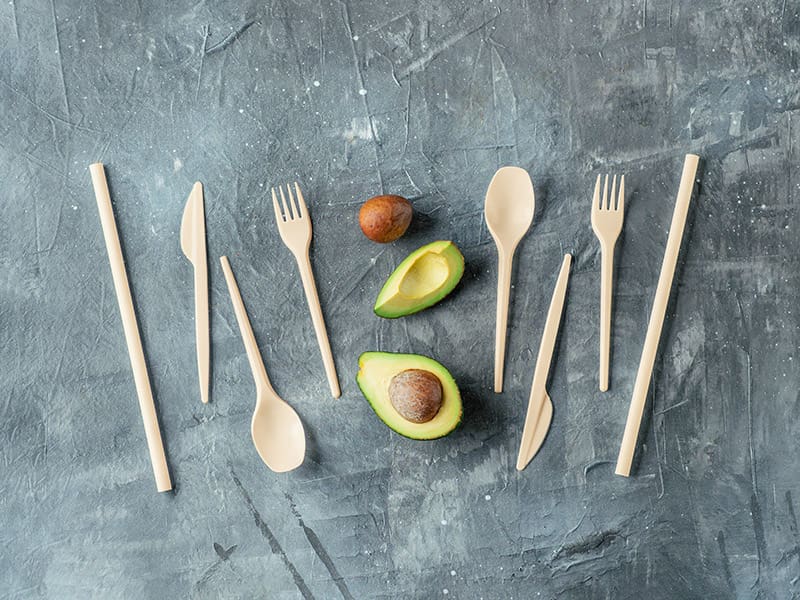
Avocado straws are a newer alternative making waves in the single-use straw market. The straws are made from bioplastic molecules that are extracted from discarded avocado pits. Tests show full compostability in 8 months time. However, avocados are a limited and expensive feedstock. The straws are nearly twice the cost of other bioplastics, and 6 times the cost of traditional plastics. However, they perform very similarly to traditional plastic straws, and add minimal extra taste. Avocado straws also have the opportunity to capitalize on the general public’s increased interest and consumption of avocados, which are all the rage right now. They provide a reasonably feasible option however, the high cost and limited feedstock may prove to be an issue as the industry grows.
Hay or Wheat Straws
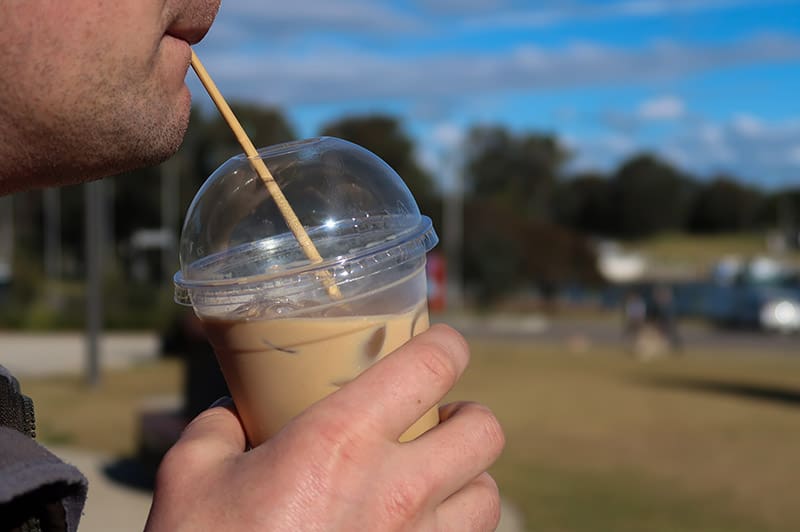
Hay or wheat straws are another new alternative that has appeared on the scene in recent years. The straws are manufactured by cleaning and sterilizing stalks of wheat or hay, which are naturally tube-shaped. It’s estimated the straws will compost in 2-4 months, however this has never been proven nor certified. One of the biggest problems with hay straws is they don’t have the durability needed to stand up to biting or ice cubes in a beverage. This makes for a negative customer experience. They are also quite expensive, nearly 10 times the cost of bioplastics (20x the cost of traditional plastics). These two factors make the option much less feasible than others.
Bamboo Straws
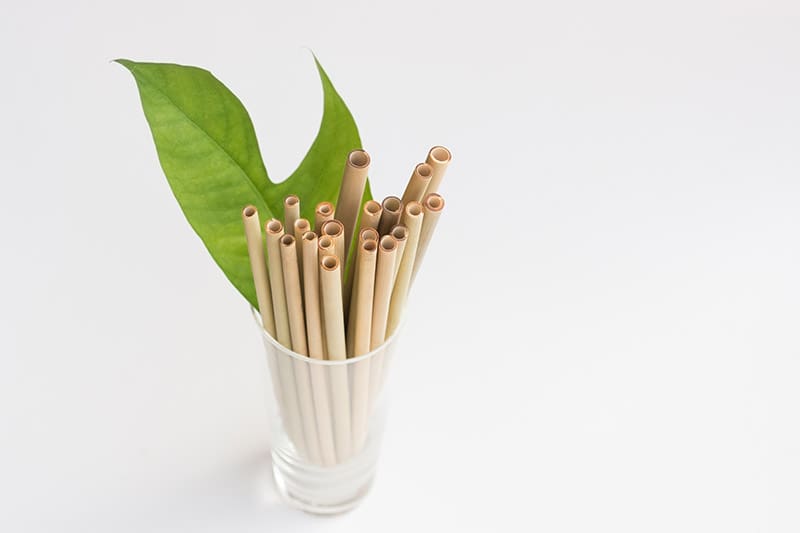
Bamboo straws are one of the more visually pleasing options for straw alternatives. Capitalizing again on an abundant, naturally tube-shaped plant, bamboo straws are estimated to compost in 4-6 months. We’ve included them under the single-use section as they are very difficult to clean, and usually only survive 1-2 washes. Therefore, you are paying the price for a reusable straw (about $1 per straw, depending on the vendor), but only getting the usage of a single-use product. They can also add a woody taste and even give splinters if not properly manufactured. Realistically, they have some potential in certain industries, but for a single-use application they’re too expensive–and for a reusable option, they aren’t durable enough.
Reusable Alternatives: Glass
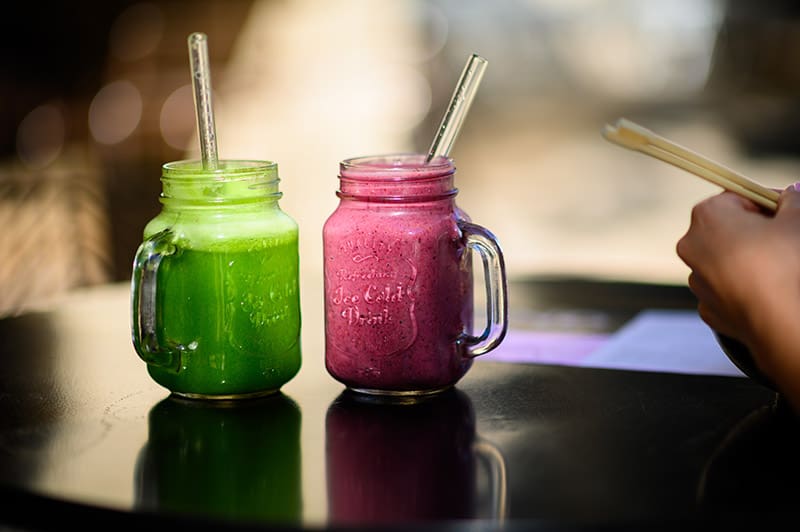
Glass straws are the most visually appealing type of reusable straw, but they can also be considered the most dangerous. While very durable in both hot and cold beverages, they can shatter, which can be very dangerous for the user. Glass is recyclable, however in the USA, the recycling rate of glass is only 26%. While much higher than the plastic recycling rate, it’s still only a portion of the total glass used in the US. And glass recycling is costly. Glass straws retail between $2-$3 per straw, depending on their intricacy and individual manufacturers. Overall, glass is a great option for certain branches of individual users. However, for people with disabilities and larger-scale operations, the cost and risk of breakage make them unfeasible.
Acrylic Straws
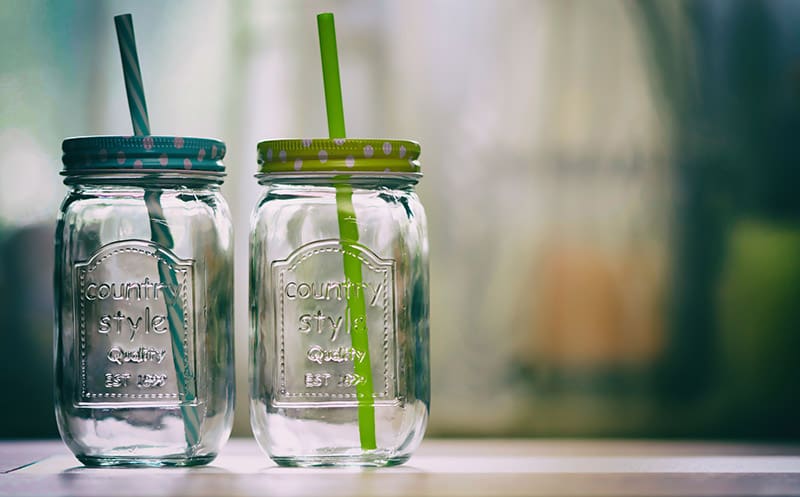
Hard plastic or acrylic straws are reusable straws made from reinforced plastic materials. These are the straws that often come in drink tumblrs. They are quite durable, and can last and be reused for long periods of time, eliminating the need for multiple, single-use straws. However, they are difficult to clean. These straws on their own retail around $1.50 per straw, depending on the brand. At the end of their usable lives, these straws can be recycled, but the plastic recycling rate in the US is only 9%, and straws are often an overlooked product when it comes to the process of recycling. Acrylic straws are a great alternative for individual usage,yet they don’t provide a realistic, long-term solution for industrial or commercial usage.
Silicone Straws
![]()
Silicone straws are the rubber-like straws that are very soft and flexible. Silicone pieces are often also used in conjunction with stainless steel or glass as tips that can be added to protect the mouth from sharp edges. Due to its manufacturing process, it will never EVER break down, no matter how long you wait. After 1000 years it will still be exactly the same, unless some other physical or chemical force acts on it. Their texture also makes them harder to clean well. They retail for $1-$3, depending. They provide a safer customer experience, especially for those with disabilities or young children, but creates a much more negative environmental footprint.
Stainless Steel Straws
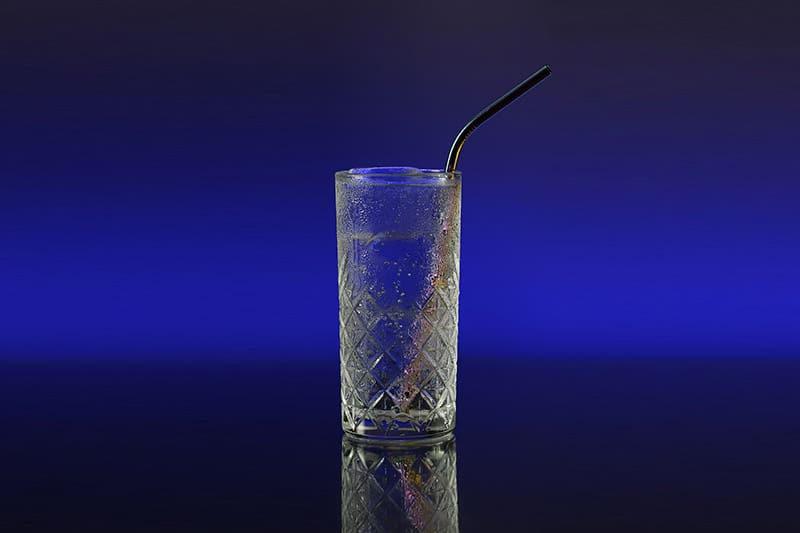
And finally, we have stainless steel straws. These seem to be the most popular of the reusable options, as they are the most sterile, and the most versatile, as silicone parts can be added for a better drinking experience, and to make them fold into portable keychains. Steel also has one of the highest recycling rates in the US at 32%, giving them the best likelihood out of all the options to get recycled at the end of their life. They also retail for between $1 and $3 depending. The biggest downside is, without silicone attachments, they can injure the user. They take on the temperature of the beverage, which can be uncomfortable or dangerous, and are very inflexible and uncomfortable on teeth. As with acrylic, these can be a personal alternative, but are unrealistic for commercial use.
Which Straw is the Best Straw?
In a perfect world, we’d have an end-all-be-all to tell us which alternative is the best choice. But in reality, it truly depends on the usage of the straw. On a large scale, where organizations are using hundreds to thousands of straws a day and have no control over where the user disposes of them, straws that are home compostable are the best option. They are environmentally-safe in any ecosystem, have a circular lifecycle, and provide a positive customer experience. The one issue to reconcile is the price. But this can be helped with more research and development into industrializing the production of PHA and other home compostable bioplastic materials. For individuals, there really isn’t a best answer. It depends on how you use your straw: do you prefer it to fold into a keychain, to be used in a tumblr, to be safe for kids, or to look extra fancy? Based on your straw usage, you can select the best option for yourself. And be sure when you dispose of your reusable straw to recycle it.
For a quick reference, check out the table below:
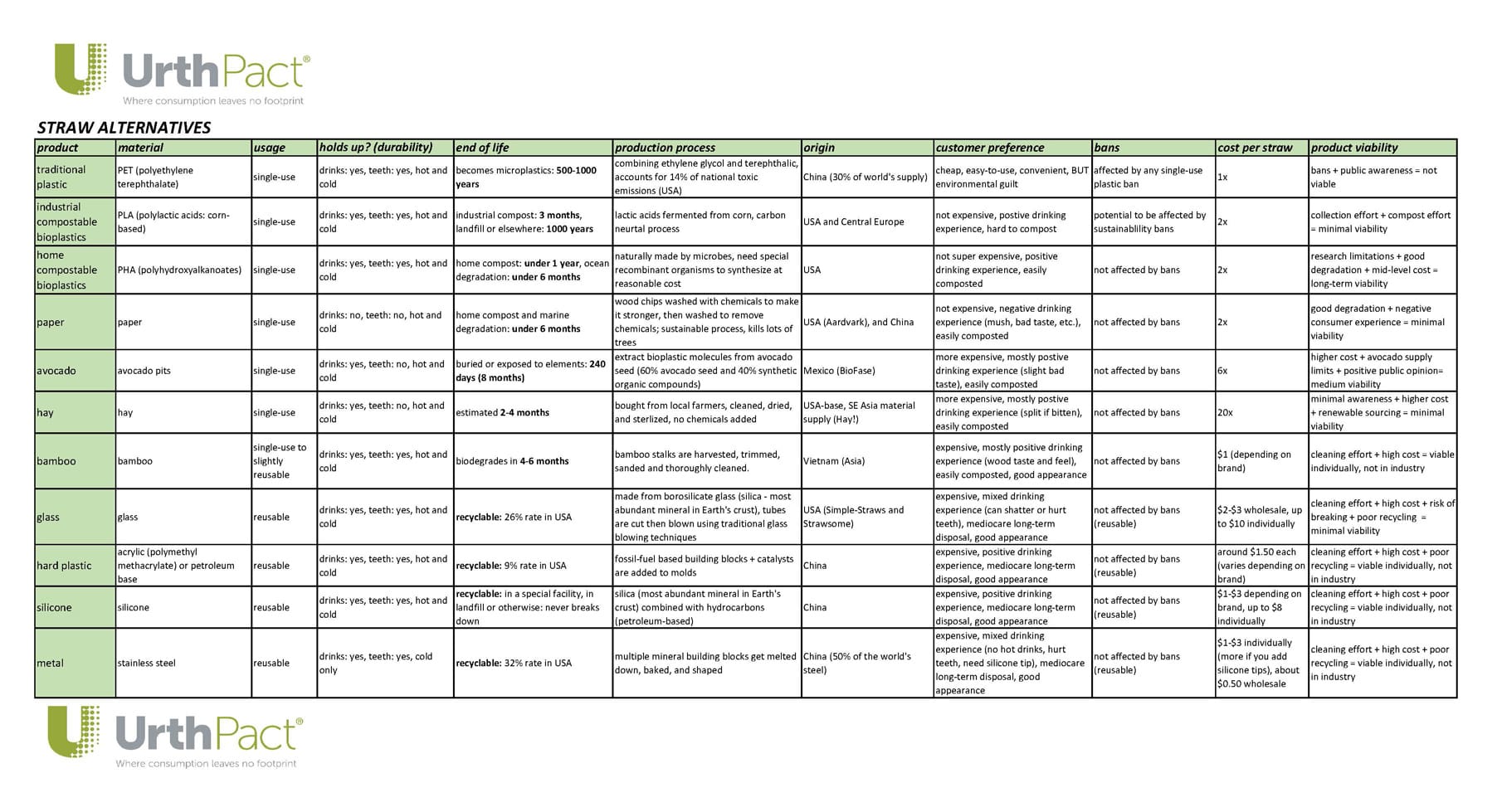 *for a more detailed table, click here: Straw Alternatives Table (PDF)
*for a more detailed table, click here: Straw Alternatives Table (PDF)
Straws are only the first step in the fight against single-use plastics. And to be clear, it’s the material that’s the problem, not the usage. We’re humans. We like convenience. Even the most straw-phobic advocates may take a straw in their to-go cup so they can have it in the car. We shouldn’t have to give up convenience to save our planet. Elimination isn’t the solution, innovation is.



